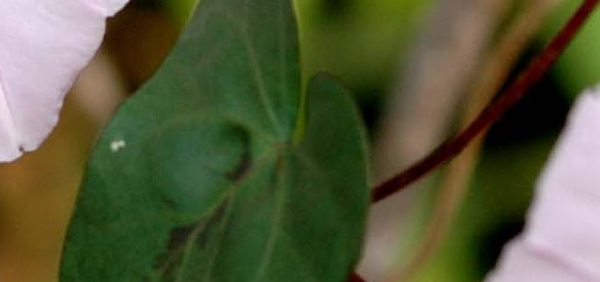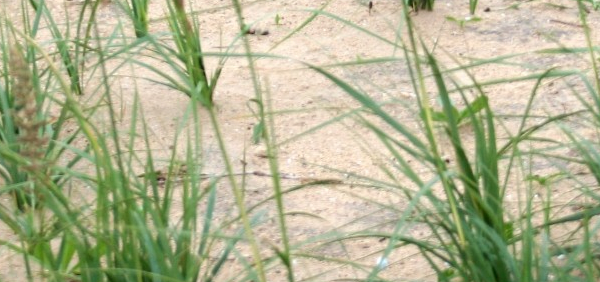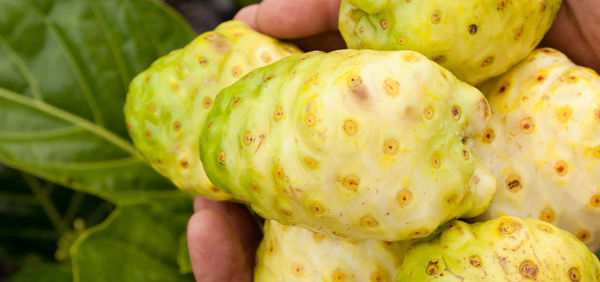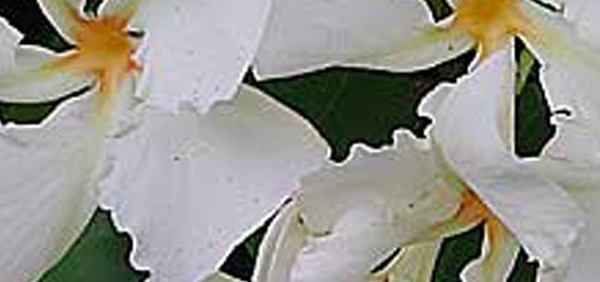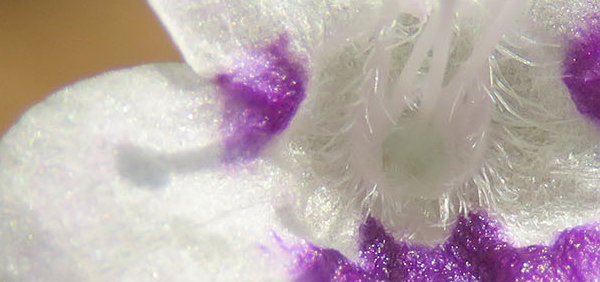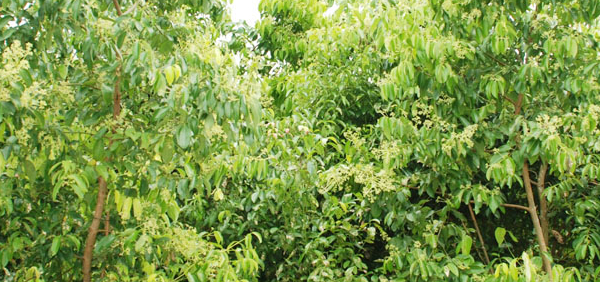karavira :

General Use:
Leaves and flowers are also used to treat malaria and as traditional medicine it induces the termination of embryo. The root powder is an external remedy for hemorrhoids and ulcers around genitals. Leaves and bark is treated as insecticide, rat poison and parasitic. Kaner also used as an ornamental shrub.Therapeutic Uses:
Hrdroga, Jvara, Krmiroga, Kandu, Kustha, Netraroga, Vrana,TamakasvasaSystemic Use:
It can act as abortifacient: causing abortion.
It is good in relieving pain.
It is also useful in prevention or treatment of cancer.
It is benefits in reduction of inflammation.
It is also act as antibacterial, antiseptic agent.
It also provides relief as it is good antiulcer.
It has Bradycardic effect as it can slow the heart rate.
It has effects as a CNS Depressant which slow brain activity.
It can induce vomiting required in certain cases.
It is an Emmenagogue which can stimulate or increases menstrual flow.
It is good fungicide, insecticide, larvicide, parasiticide, rodenticide.
Administration:
PowderPharmacological:
- Leaves and flowers are considered cardiotonic, diaphoretic, diuretic, emetic and expectorant.
- Whole plant believed to have anticancer, anti-inflammatory, antibacterial, sedating, and anthelmintic effects.
- Reported biologic activities to include anti-inflammatory, sedative, anti-bacterial, cardiac, anti-neoplastic and anthelmintic.
- » Classification and names of karavira
- » Synonyms and definitions of karavira
- » Drug Properties of karavira
- » Chemical Constituents of karavira
- » Standardization of karavira
- » Parts used and Dosage of karavira
- » Morphology and Histology of karavira
- » Distribution and Conservation of karavira
- » Cultivation of karavira
- » karavira in the market
- » Medicinal Uses of karavira
- » Researches and clinical trails of karavira
- » karavira in other sytems of medicine
- » Ayurvedic formulations with karavira
- » Images of karavira



